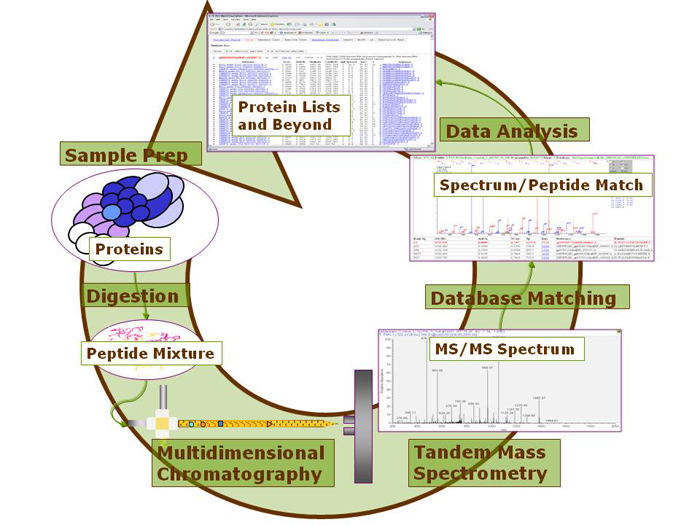Protein occupies a special position in vivo, which is the main component of the protoplasm, so as nucleic acid, is the material basis of life phenomenon.As one of the material bases of life, proteins play a vital role in catalyzing the reactions of various organisms in vivo, regulating metabolism, resisting foreign invasion and controlling genetic information. Separation and characterization of proteins, quantitative analysis is the most important work in biochemistry and other biology, food testing, clinical testing, disease diagnosis, biopharmaceutical separation and purification and quality testing. Currently, there are many methods for protein identification, this paper will discuss and introduce several common used ways:
UV absorption method for protein estimation
This method estimates the amount of protein by measuring the characteristic absorption of tyrosine and tryptophan at 280 nm, which is simple, sensitive, fast, and still can be recycled after identification. In the protein molecule, the benzene ring of the tyrosine, phenylalanine and tryptophan residues contains conjugated double bonds, so that the protein has the property of absorbing UV. The absorbance will be proportional to the protein content while absorption peak is at 280nm. In addition, the protein solution at 238nm light absorption value and peptide bond content is proportional. The protein content can be measured by comparing the light absorption value of the protein solution with the protein concentration at a certain wavelength.
Coomassie blue staining for protein determination in beer
Negatively-charged Coomassie brilliant blue dye binds to positively-charged proteins. When the dye is in solution, it’s red and absorbs at 465 nm - but when it binds to basic amino acids in the protein, it becomes blue and absorbs at 595 nm. The absorption in your sample can then be compared to a standard curve. Coomassie blue includes G250 and R250, and G250 is commonly used for protein content identification as the binding reaction with protein is smooth. Although the reaction between R250 and G250 is relatively slow, it can be eluted so that can be used to stain the electrophoresis band.The reaction for this method is sensitive, which is 4 times higher than the Lowry method. The protein content of the microkine protein can be identified with this method, and the protein concentration is in the range of 0 ~ 1 000μg / mL.
High pressure liquid chromatography
In recent years, high-pressure liquid chromatography technology has also been widely used in protein separation and determination. Due to the size of the protein, shape, charge, hydrophobicity, function and other characteristics of the protein, as well as the source and experimental requirements, there are different types of HPLC model can be utilized to separate the target protein. In order to detect more convenient and accurate methods for protein identification, scientist studied a variety of HPLC combined technology. Currently, the most commonly used combined technology includes HPLC-MS, HPLC-CE, HPLC-ITP, HPLC-ICP-AES.
Electrophoresis Method
Electrophoresis is charged particles in the electric field under the action of the electrode opposite to its charge movement. Protein electrophoresis separation is one of the important biochemical separation and purification technology, There are agarose gel electrophoresis, starch gel electrophoresis, polyacrylamide gel electrophoresis, etc., depending on the chosen supportive used! The preparation of protein samples is the first step for Western Blotting. Sample preparation is a key step requiring that all proteins be obtained as much as possible. Such as: keep the maximum solubility and reproducibility of the protein at the appropriate salt concentration; suitable surfactants and reducing agents destroy all non-covalently bound protein complexes and covalent bond disulfide bonds to form a solution of the respective polypeptide; try to remove nucleic acids, polysaccharides, lipids and other interfering molecules.
More protein identification methods
Besides these methods, we shared in this post, Haze-active Protein Determination Method, Kjeldahl determination, Enzyme Linked Immunosorbent Assay etc. These methods can be used to promote the accurate and improve efficiency for protein identification, being applied in various fields.
Related service:
